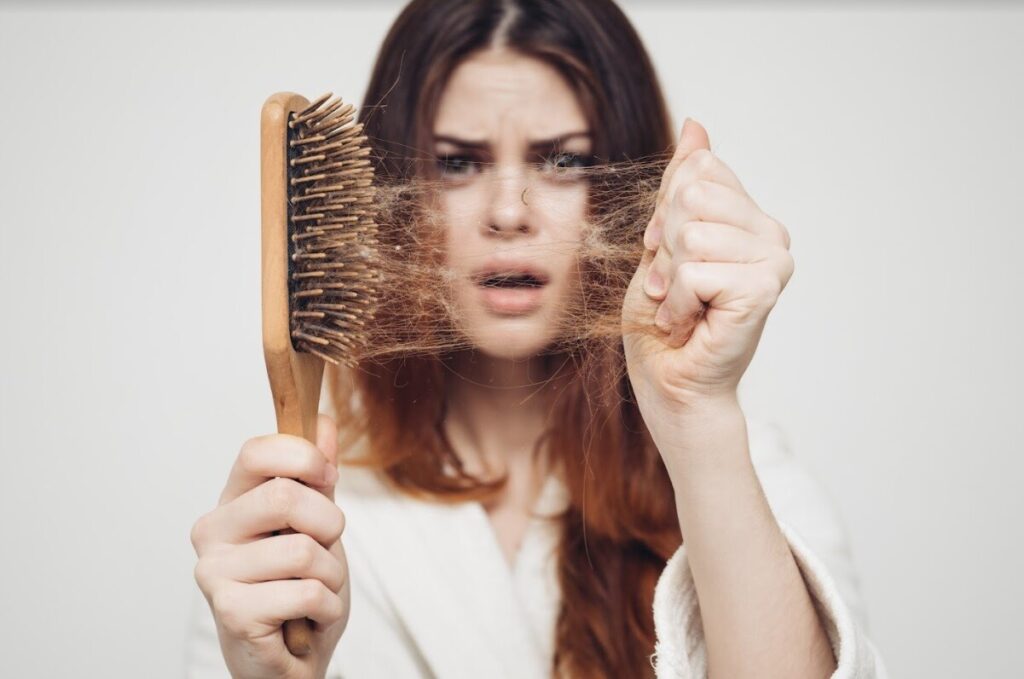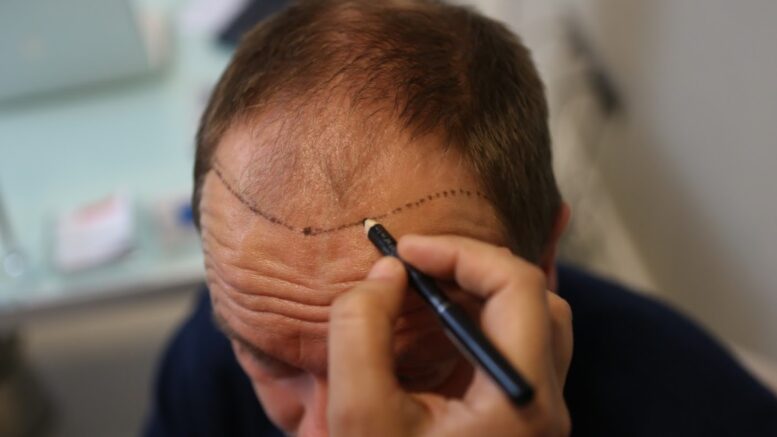Hair loss is a common occurrence in both men and women, and it can happen due to illness, stress, or genetics – but no matter the reason, it can be distressing when you realise your hair is thinning. There are ways that you can restore your hairline and your confidence to its former glory, but first, you must know what to look out for when it comes to losing your hair. Below, we’ll look at some of the reasons why you might experience hair loss and the common signs that come with it.
Hair loss can have a detrimental effect on our confidence and self-esteem, but there are ways that you can feel more like yourself again, such as a hair transplant turkey.
Types of hair loss
There are a few different types of hair loss that can occur in men and women, here are some of the main types:
Telogen Effluvium:
This type of hair loss simply refers to the thinning or shedding of the hair. It can cause a disproportionate amount of your hair follicles to become dormant, and it is known to affect the scalp evenly, so your hair won’t look patchy, it will most often look thinner. This can happen after a traumatic event like an operation, childbirth, or if you’re under a lot of stress. The issue usually irons itself out after the stress or illness has passed.
Traction Alopecia:
This can happen due to hairstyles or psychological conditions that can mean pulling your hair out. Hairstyles that pull, can have a traumatic effect on hair follicles, as well as bleaching, straightening and colours – this can all result in your hair falling out.

Alopecia Areata:
This is an autoimmune disease that can cause hair to fall out from your head, or the entire body until it is completely hairless. Unfortunately, there is no known cure for this presently.
Androgenic Alopecia:
This is more commonly known as male pattern baldness. The hair loss tends to affect the top and front of the scalp, leading to overall thinning and the appearance of patchiness. There is no known cure for this, but there are treatments that can help like hair transplants.
Reasons for hair loss
Now that we’ve looked at some of the types of hair loss, it’s always useful to know why it happens and what can have a negative impact on our hair. Depending on the type of hair loss you’re experiencing, the causes will differ. For example, if you’re suffering from alopecia areata, this is an immune disorder, it does not have a known cause or a known cure. Whereas with hair loss in general, you may find factors like improper hair care, tight hairstyles, poor diet, and stress can all have a detrimental impact on the health of your flowing locks.
Signs of hair loss
If you think you’re suffering from one of the above types of hair loss, there are a few signs that you should look out for that may help you to confirm your suspicions. Read on to find out more.
Shedding
This is one of the most obvious ways to tell if you’re experiencing hair loss. We all lose a few strands of hair throughout the day, 50-100 in fact! But this usually isn’t a cause for concern, it is simply a natural process, however, if you think more of your hair is falling out than is normal, or you’re noticing more on your pillow or in your plug hole, it may be time to start introducing a hair loss treatment to give you the best chance of restoring your hair.
Bald patches
If you notice bald patches on your head that aren’t related to male pattern baldness or have hair falling out around the rest of your body, this may be a sign of telogen effluvium. If you’re experiencing a lot of stress, you’ve been through a traumatic event or injury, this may be the cause. This type of hair loss is a temporary condition, so it should grow back after 3-6 months.

Receding hairline
If you’re struggling to see physical evidence of your hair falling out, you can notice a receding hairline more easily. If you’re brushing or styling your hair and you notice that the styles you usually choose don’t work because they are beginning to look thin, this usually points to a receding hairline. You may even start to notice thinning around the temples which will eventually cause an M-shaped hairline.
Sensitivity
You probably won’t have realised it, but your hair protects your scalp from the elements – so, one way to know for sure if your hair is becoming thinner is that you may begin to feel hotter or colder on your scalp. If you start to experience sunburn on your head, this could be a good sign that your hair is thinning.
